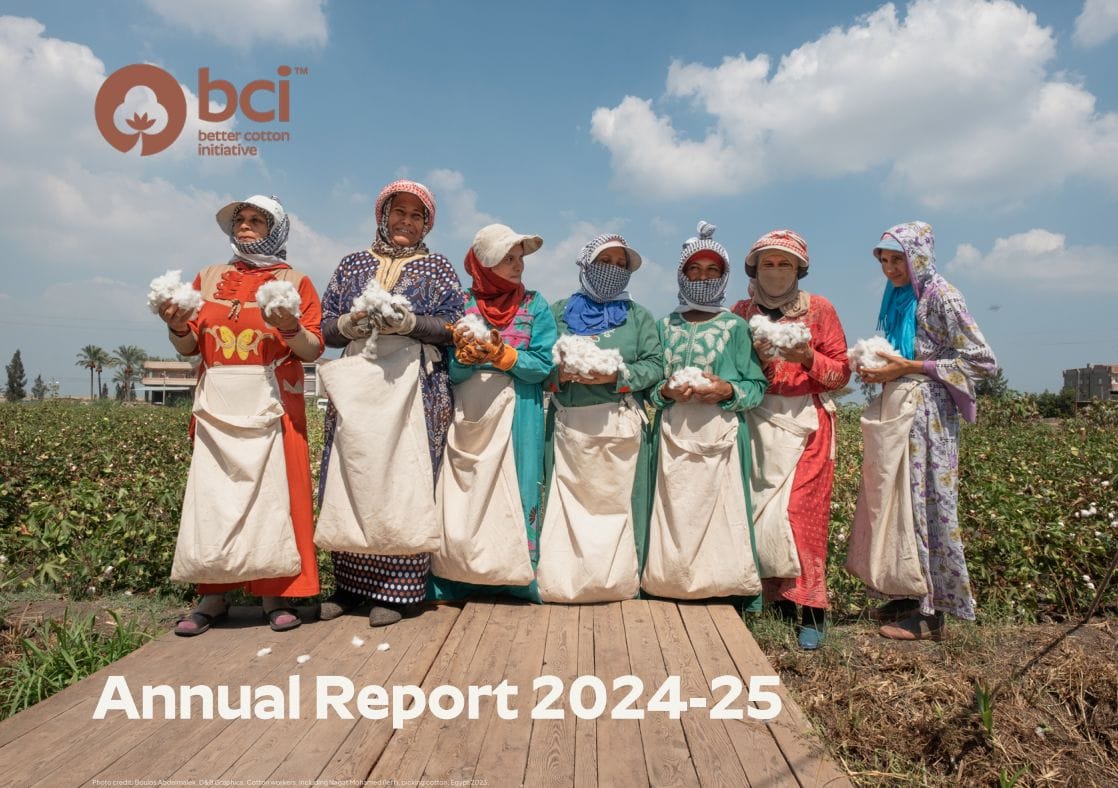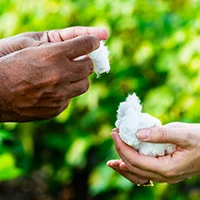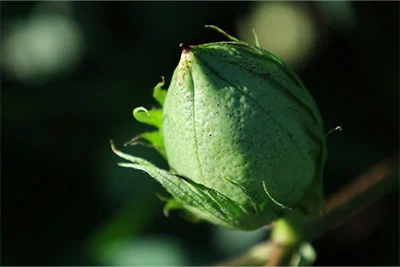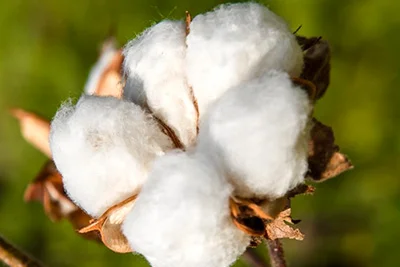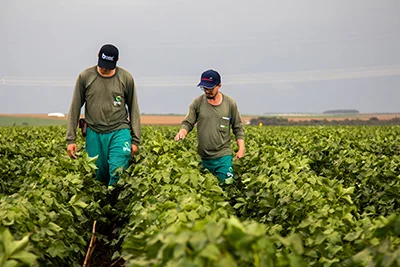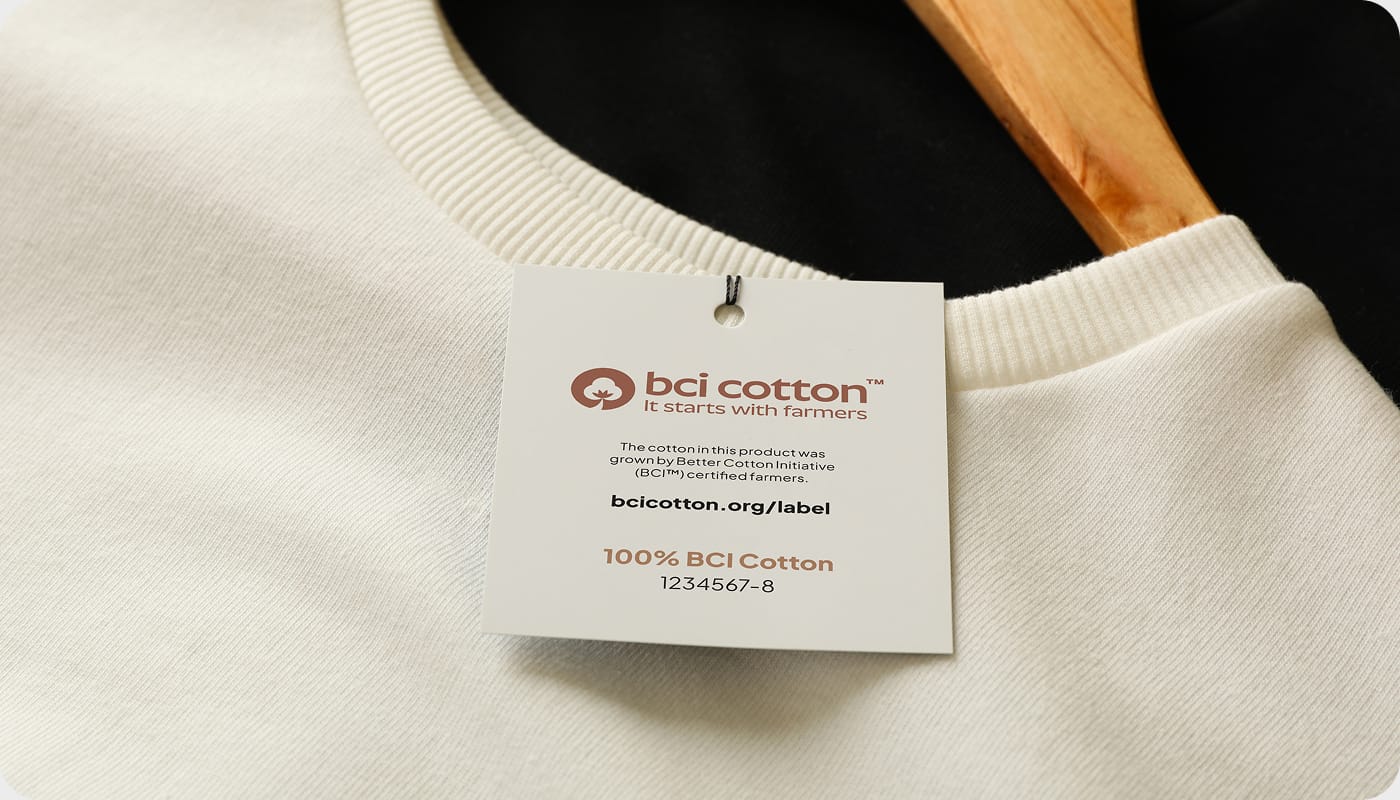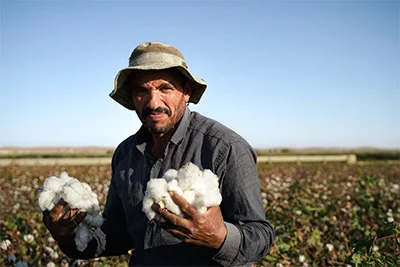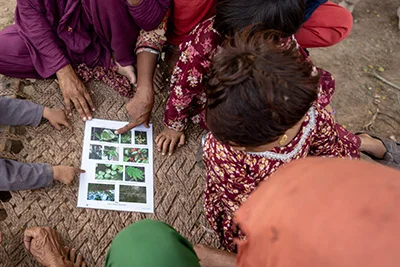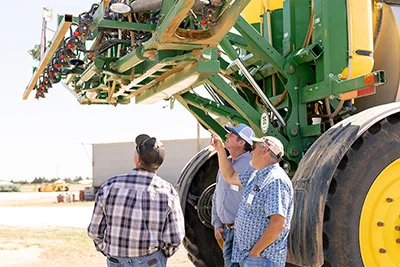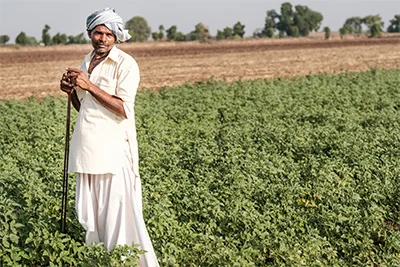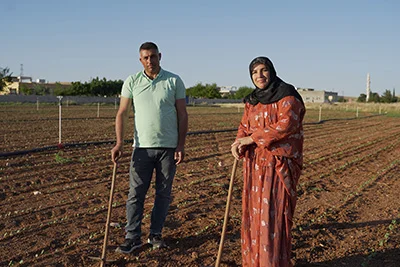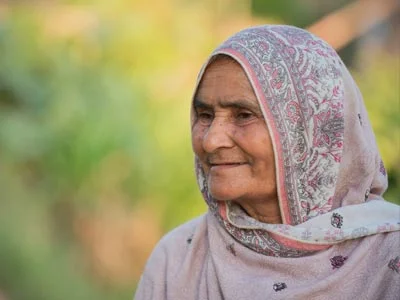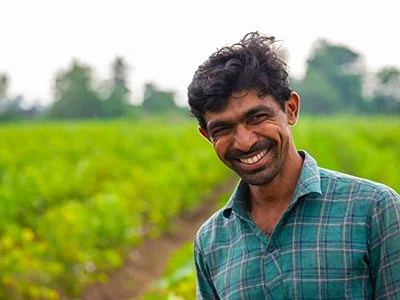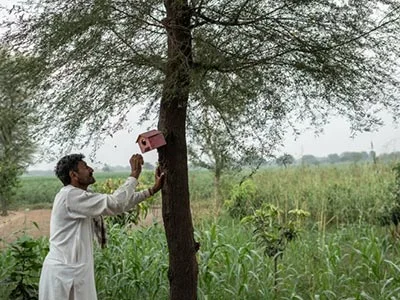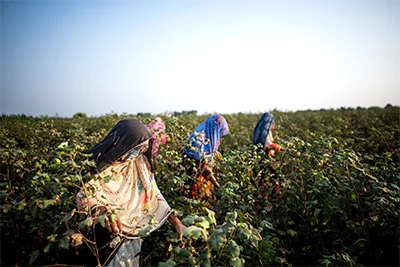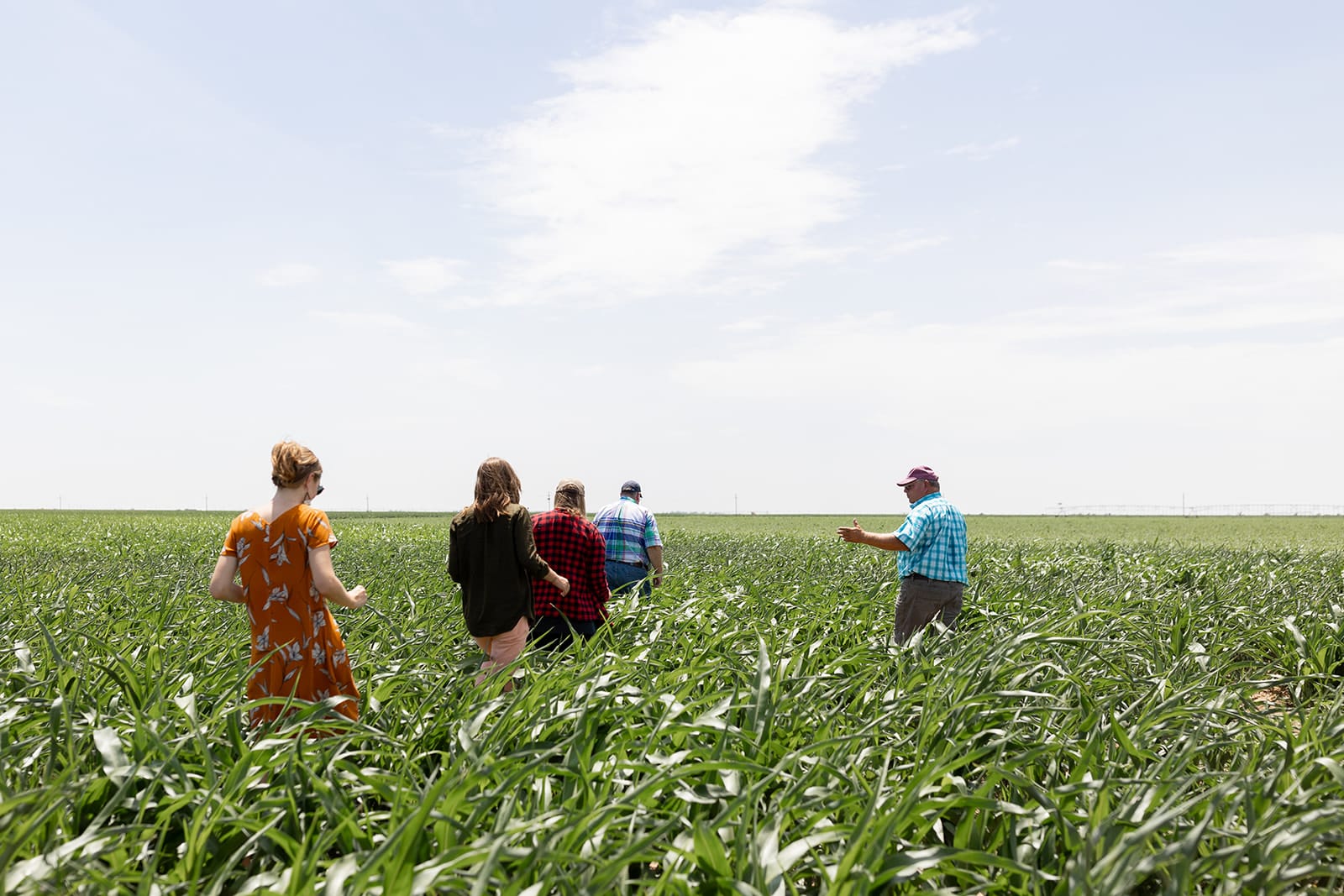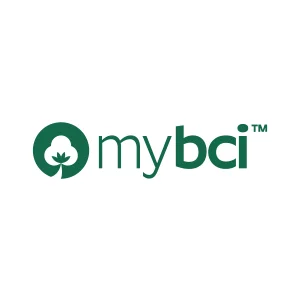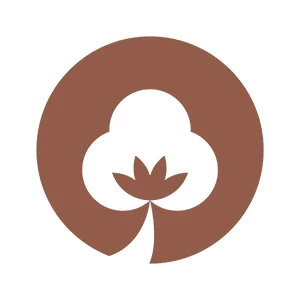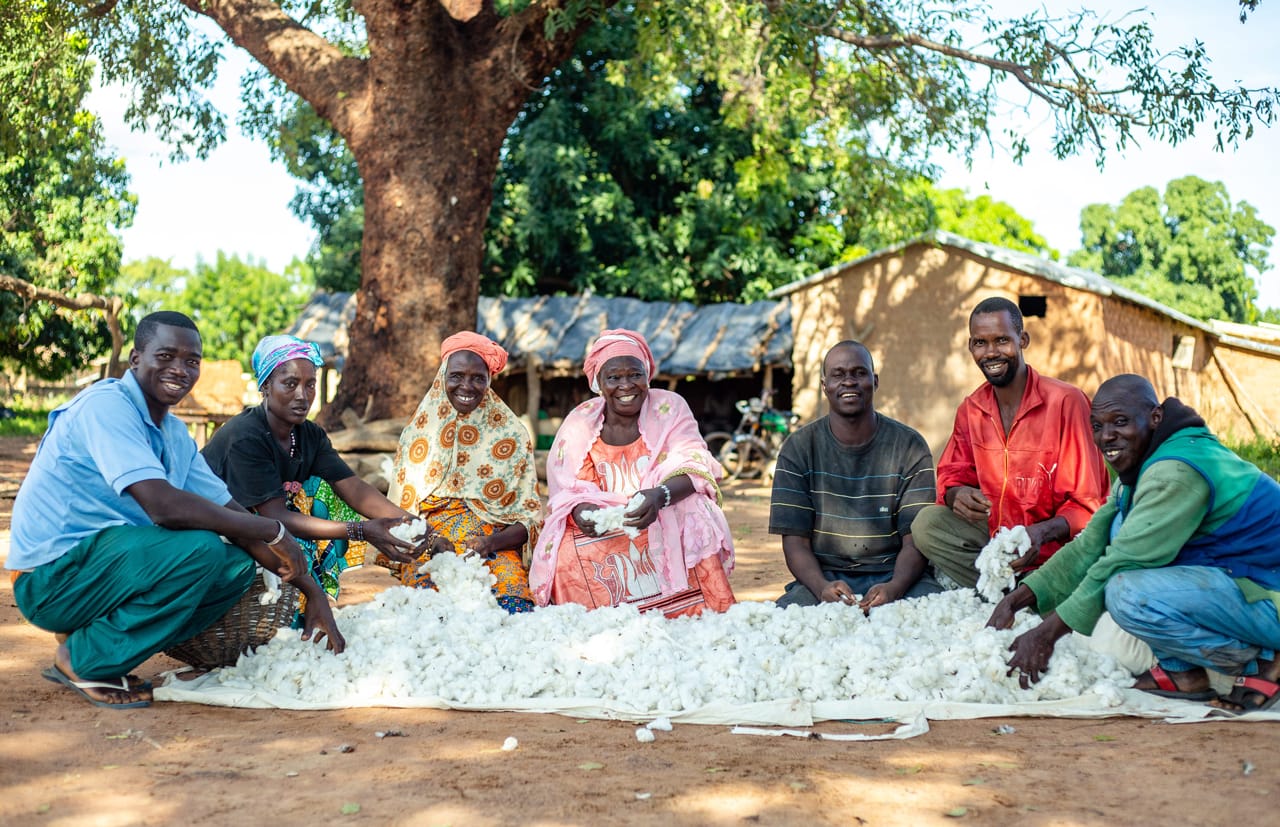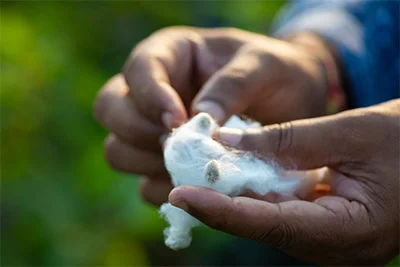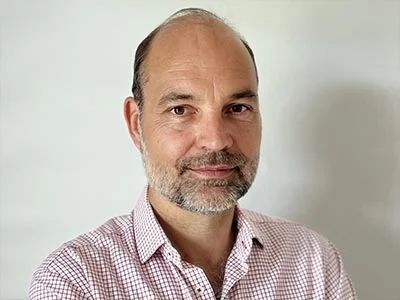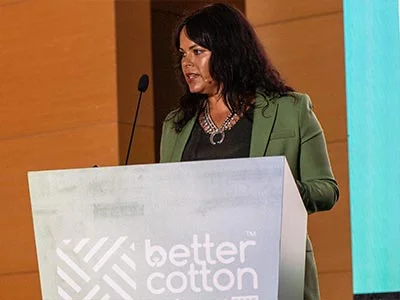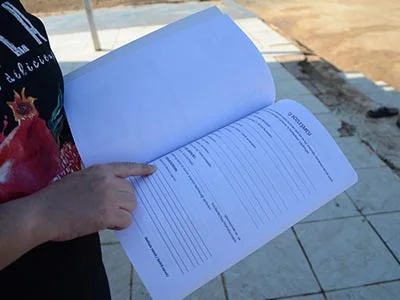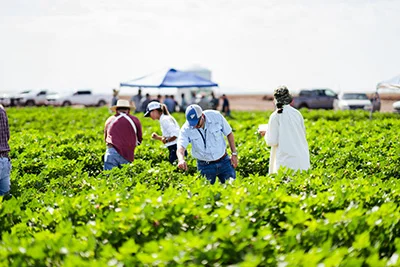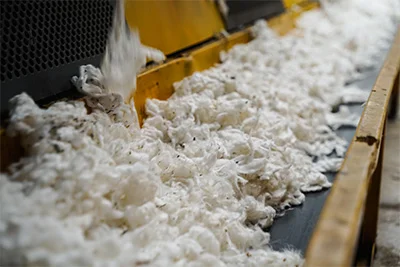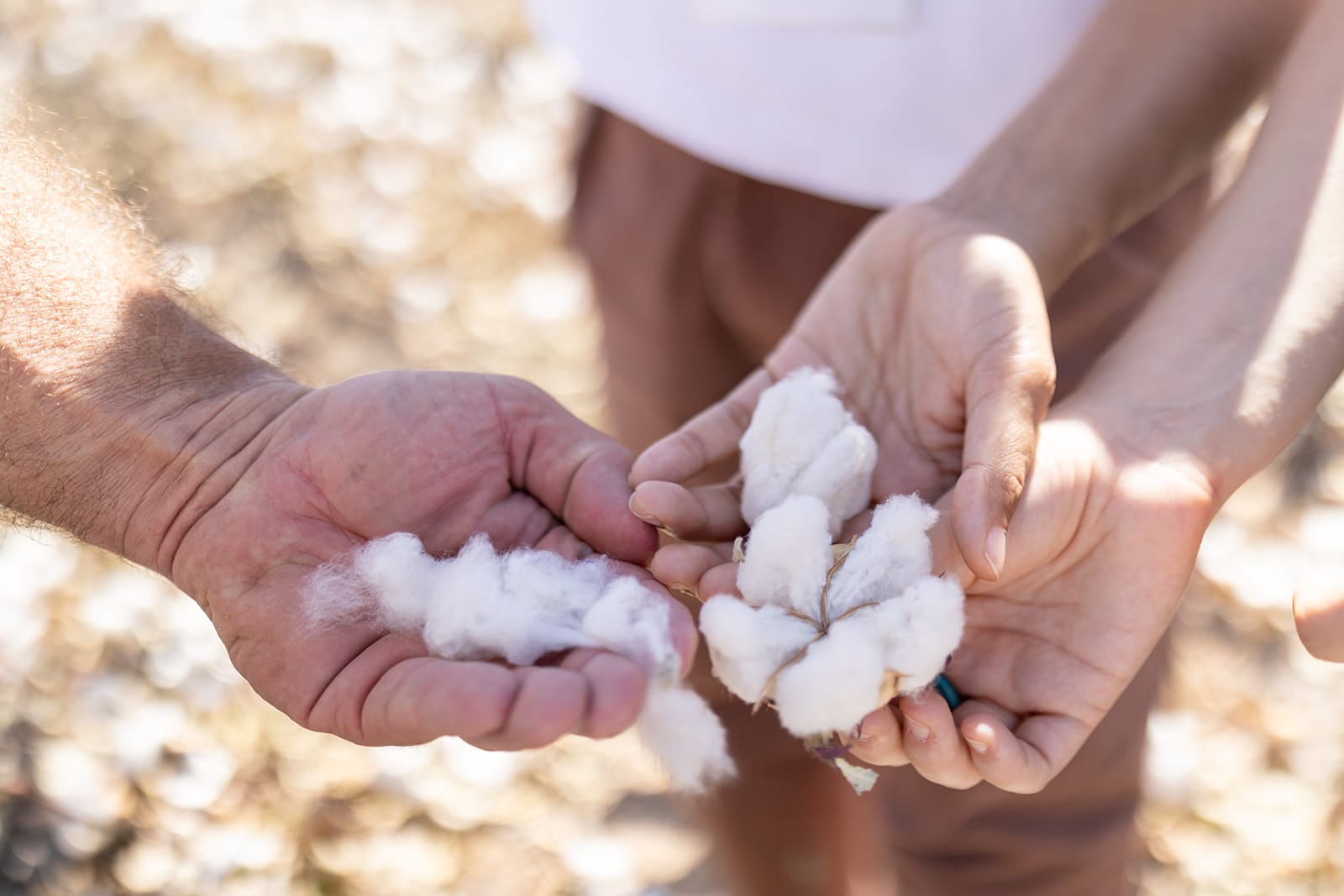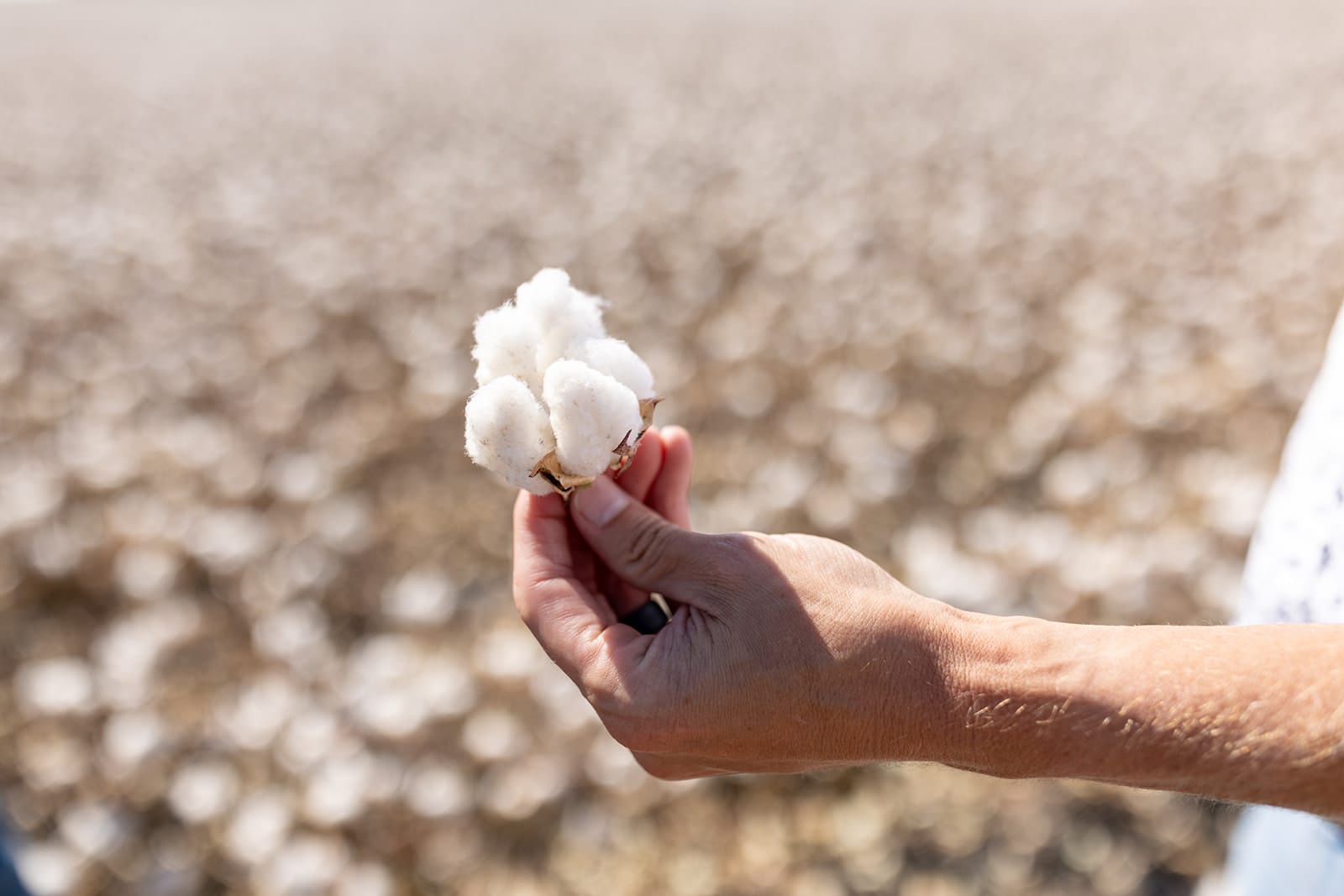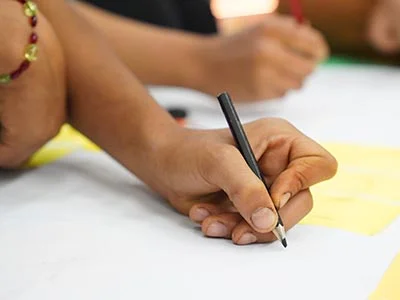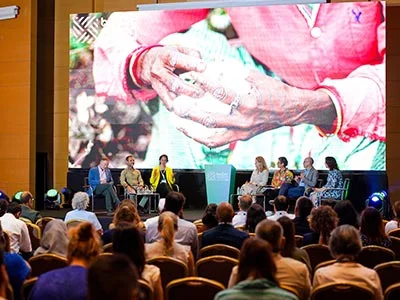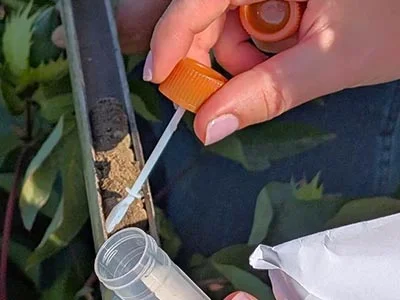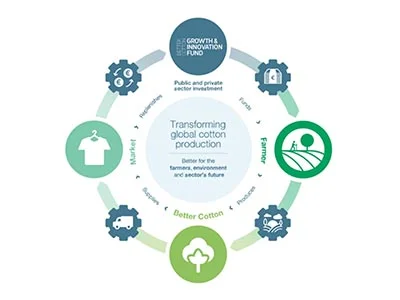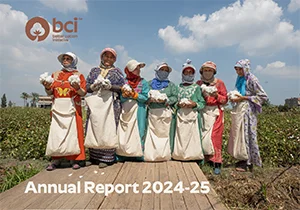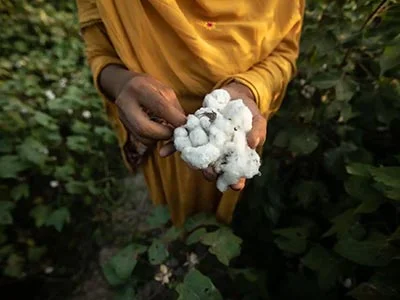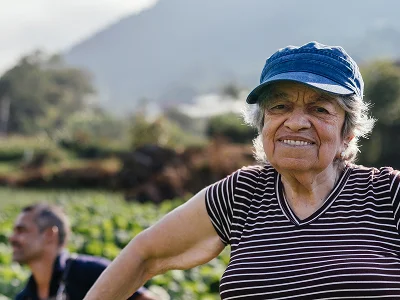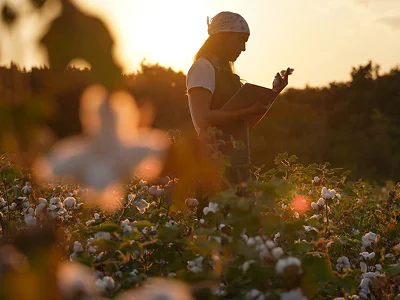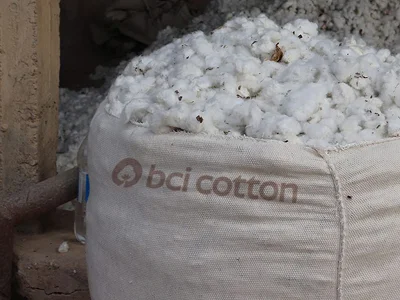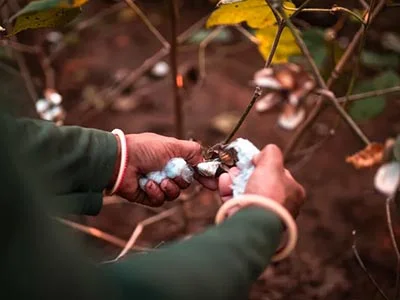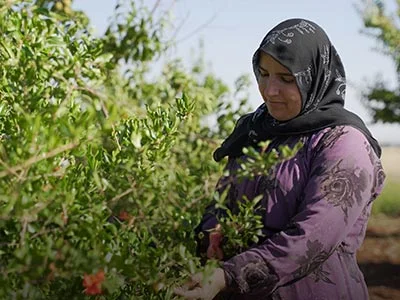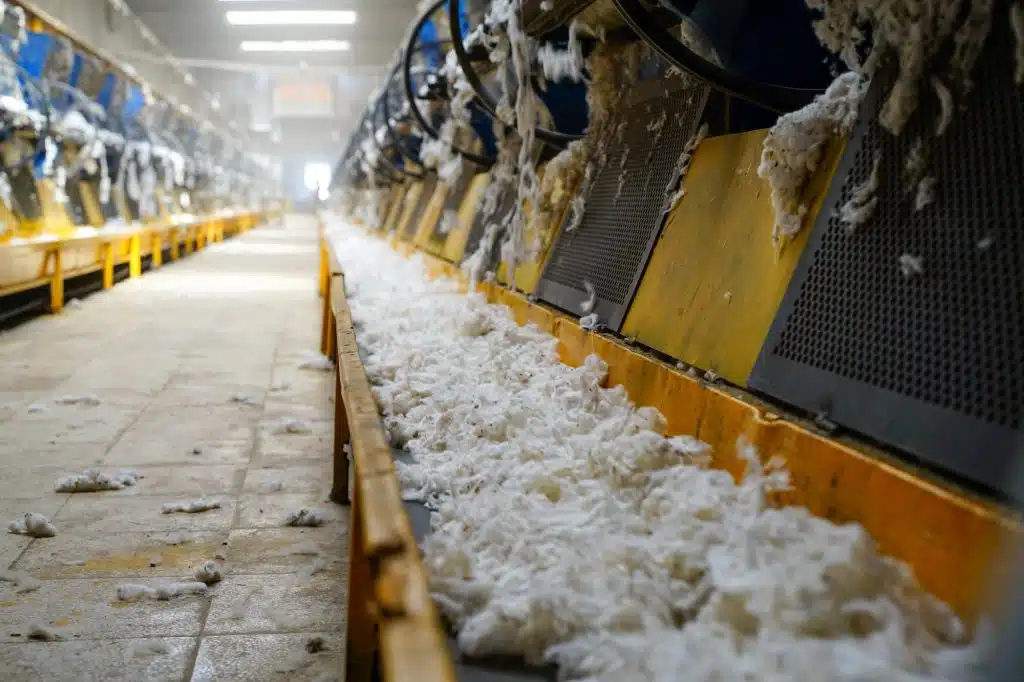


By Nick Gordon, Traceability Programme Officer, Better Cotton
Cotton can be one of the most challenging commodities to trace. The geographical journey of a cotton t-shirt can span three continents before it reaches the shop floor, often changing hands seven times or more. Agents, intermediaries and traders operate at every stage, providing fundamental services from assessing quality to linking farmers and other players to markets. And there’s no one clear path – cotton bales from different countries can be spun into the same yarn and sent to multiple different mills to be woven into fabric. This makes it challenging to trace the cotton in any given product back to its source.
To enable the physical tracing of cotton, Better Cotton is developing its own traceability capability through the existing Better Cotton Platform, set to launch in late-2023. To support this, we’ve created a series of supply chain maps to better understand the realities of key cotton trading countries. We’ve used data insights, stakeholder interviews, and the experiences of local supply chain actors to shed light on how things work in different countries and regions, and identify the key challenges to traceability.
Central to the programme will be our evolving Chain of Custody Standard (which is currently out for public consultation). This will prompt operational changes for manufacturers and traders alike. It’s vital the Standard acknowledges regional variation and is achievable for suppliers in the Better Cotton network. We’ll keep applying the knowledge and lessons we’re learning to ensure any changes meet the wants and needs of Better Cotton stakeholders.
What have we learnt so far?
Informal economies play an important role in Better Cotton producing countries
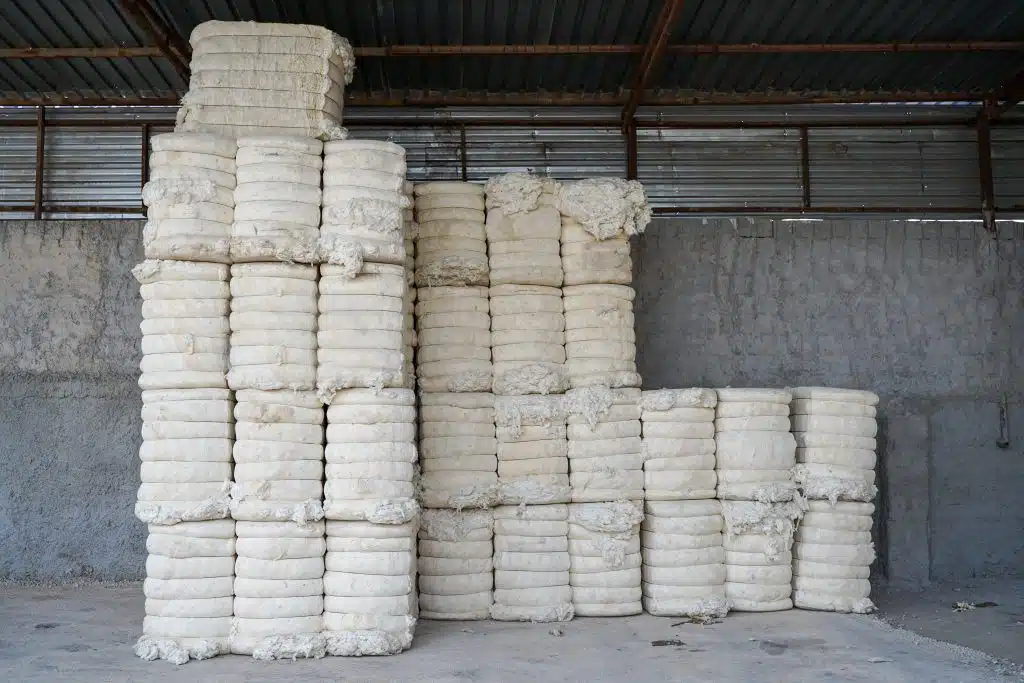

It’s no secret that enabling traceability is more straightforward in larger, vertically integrated supply networks. The fewer times material changes hands, the shorter the paper trail, and the greater likelihood of being able to trace cotton back to its source. However, not all transactions are equally documentable, and the reality is that informal work acts as a crucial support mechanism for many smaller actors, connecting them with resources and markets.
Traceability should empower people who are already often marginalised by global supply chains and protect smallholders’ access to markets. Engaging with stakeholders and responding to their needs and concerns is a critical first step in making sure these voices don’t go unheard.
It’s important to create the right digital solutions
New, innovative technology solutions are available for use in the cotton supply chain – everything from smart devices and GPS technology on farms to state-of-the-art integrated computer systems on the factory floor. However, not all actors in the sector – many of whom are smallholder farmers or small to medium-sized businesses – have embraced technology to the same extent. When introducing a digital traceability system, we need to consider varying levels of digital literacy, and make sure any system we introduce is readily understandable and easy to use, while also fitting the needs of users. In particular, we’re conscious that the gaps are greatest at the early stages of the supply chain, among cotton farms and ginners, for example. Yet it’s precisely at these stages that we need the most accurate data – this is essential to ensuring physical traceability.
Better Cotton will be testing two new traceability platforms in an India pilot this year. Prior to roll out of any new digital system, capacity building and training will be crucial.
Economic challenges are changing behaviours in the marketplace
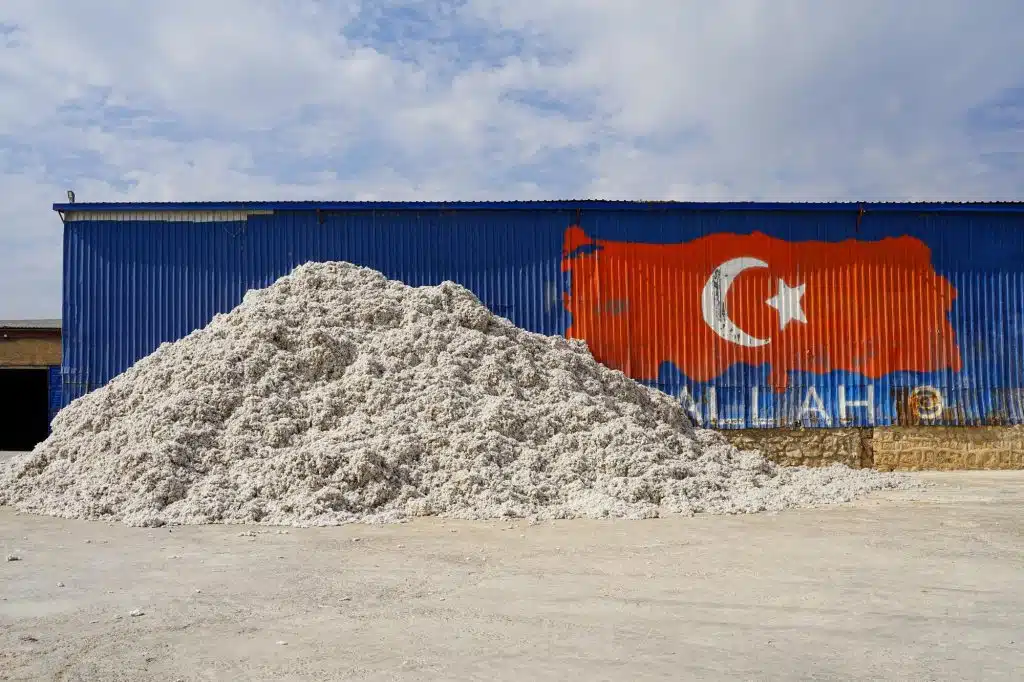

The impact of the pandemic, coupled with challenging economic conditions, are changing behaviours in cotton supply chains. For example, in light of fluctuating cotton prices, yarn producers in certain countries are replenishing stocks at a more cautious pace than others. Some suppliers are concentrating on long-term supplier relationships, or searching for new supply networks. Predicting how much customers might order is becoming less easy, and for many, margins remain low.
Amid this uncertainty, the opportunity to sell physically traceable cotton could offer a market advantage. So, in the same way that cultivating Better Cotton helps farmers to achieve better prices for their cotton – 13% more for their cotton than conventional cotton farmers in Nagpur, according to a Wageningen University study – traceability also presents a real opportunity to create further value for Better Cotton Farmers. For example, carbon insetting frameworks, underpinned by a traceability solution, could reward farmers for implementing sustainable practices. Better Cotton is already engaging with all stakeholders across the supply chain to understand the business case for traceability and identify ways to increase value for members.
Get involved
- Better Cotton is currently revising its Chain of Custody Standard/Guidelines. The public consultation is now live and will conclude on 25 November 2022. Access the consultation, documents and related resources here.
- Find out more about Better Cotton’s traceability work

